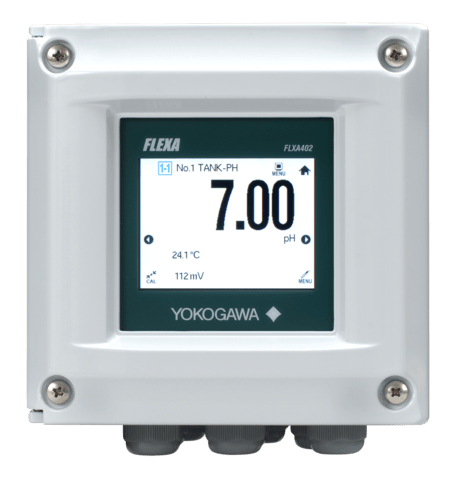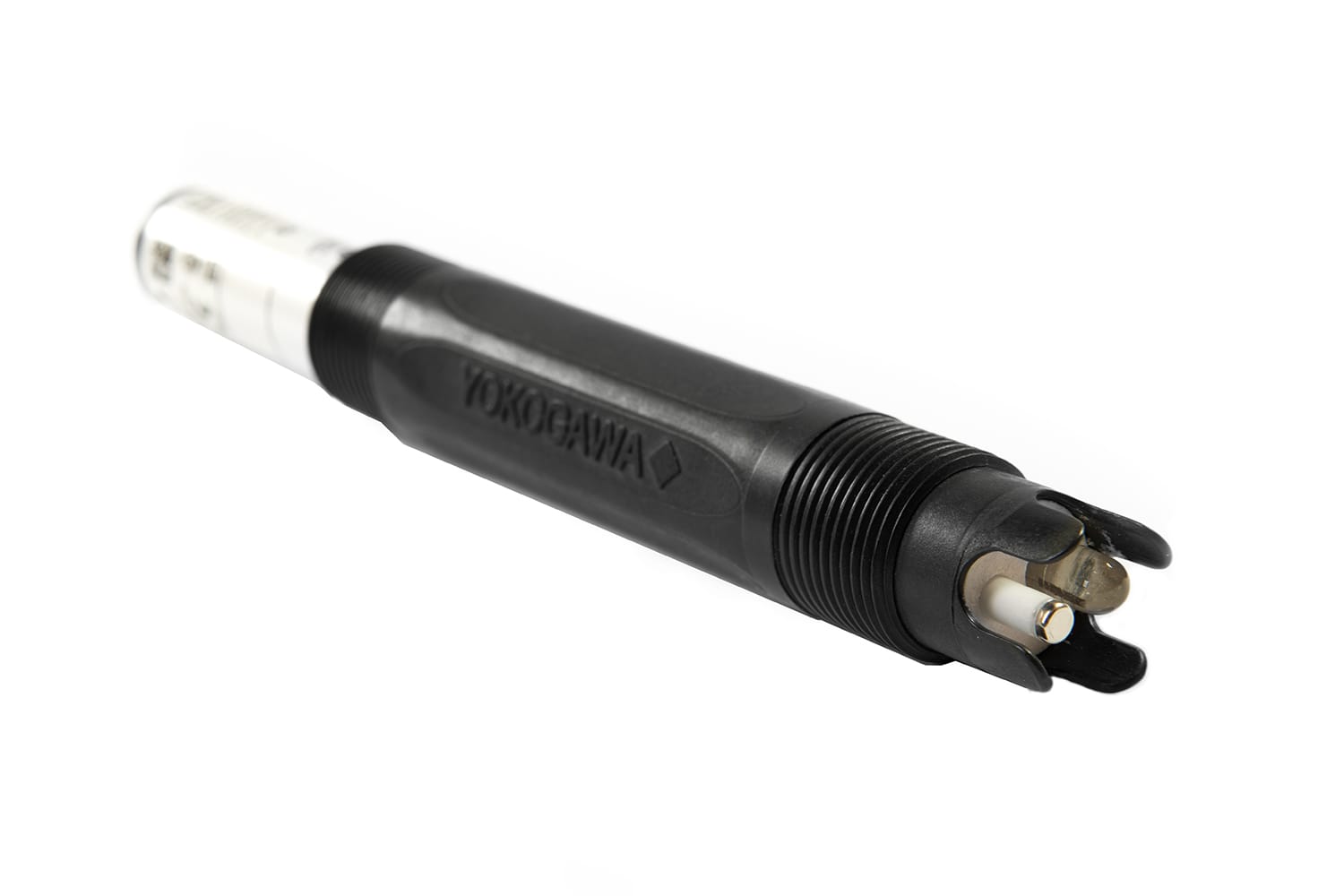Integrated steel plants usually consist of five main units, Viz; Coal washery, Coke oven blast furnace, steel melting shop, and rolling mills. In addition to the above the plants may have auxiliary units like oxygen plants and power plants for their uses.
Coal Washer and its Wastewater
Processing coal for coke ovens involves several steps aimed at removing solid foreign matter from the coal. Typically, this process includes crushing, screening, and wet washing. During wet washing, the coal is separated from impurities through differential settling. The water used in washing is recycled after sedimentation, yet a significant amount of wastewater containing coal fines, clay, and traces of other minerals such as calcite, gypsum, and pyrite is generated, usually in a thickened form as the underflow of the sedimentation tank.
Blast Furnace and its Wastewater
In an integrated steel plant, the blast furnace is a crucial component. The process involves charging iron ore, coke, limestone, and dolomite into the furnace and blowing heated air (blast) into the bottom, resulting in the production of pig iron. Water is extensively used in the blast furnace for cooling and gas cleaning. While the cooling water remains uncontaminated and can be reused after cooling, wastewater primarily originates from gas cleaning operations.
During gas cleaning, the blast furnace gas, laden with flue dust, undergoes a three-stage cleaning process. Most of the flue dust is captured by dry dust catchers, with the remainder removed through wet scrubbing. Any remaining contaminants can be eliminated by an electrostatic precipitator. In wet scrubbing, water sprays downward to clean dust from the upward-flowing gases, resulting in wastewater containing suspended solids ranging from 1000 to 10000 mg/l.
Characteristics of Typical Blast Furnace Waste
| Parameter | Value |
|---|---|
| Total Dissolved Solids | 346 - 500 mg/l |
| Total Suspended Solids | 1000 - 10500 mg/l |
| Dissolved Solids | 80 - 118 mg/l as CaCO3 |
| Total Hardness | 230 mg/l as CaCO3 |
| Total Alkalinity | 380 mg/l as CaCO3 |
| Chlorides | 210 - 250 mg/l |
| pH | 7.3 - 8.2 |
Treatment of Blast Furnace Waste
The waste from the blast furnace consists of approximately 40% of the total dust emitted alongside the flue gas. Among the constituents of the flue dust, iron oxide comprises about 70%, while silica makes up around 12%. This waste can undergo treatment in a clariflocculator (a combination of flocculation and clarification in a single tank) even without the addition of a coagulant. However, the flocculation process can be significantly expedited by introducing certain coagulants such as aluminum or lime. Alternatively, the efficiency of the clariflocculator can be enhanced by strategically mixing this waste with other wastes from the steel plant. For instance, the waste from the oxygen plant, which contains sodium hydroxide, could serve this purpose effectively.
Typical Process Details
Process: Sticky nature of the slurry.
Slurry quality - Solid blast furnace GCP (Gas Cleaning Plant) containing fine particles of iron oxide, dust, and coal dust.
- Solid density: 1600 kg/m3,
- Slurry temperature: 65°(Maximum)
- Density of slurry water: 1-1.2 ton/m3
- Total suspended solids: 50 – 250 gram/liter
The tentative range of particle size distribution is below:
| Particle size (in micron) | % by weight |
|---|---|
| 0 - 5 | 13 - 33 |
| 5 - 10 | 13 - 17 |
| 10 - 20 | 15 - 18 |
| 20 - 40 | 17 - 21 |
| 40 - 60 | 10 - 40 |
| 60 - 100 | 6 - 15 |
| > 100 | 4 - 10 |
The slurry has a high deposition rate when it is not flowing.
| Location | Inlet to pH correction tank |
| Fluid | GCP Slurry, BF application |
| Flow in m3 hour | 1150 |
| Velocity in m/sec | 1.5 |
| Temperature | 60 to 70 degC |
| Inlet pressure in Bar (g) | open to atmosphere |
| pH value | 3.0 to 9.0 |
| Specific gravity of sludge | 1-1.5 |
| Bulk density of solid (kg/m3) | |
| Suspended solid material | Sinter, ore, flux, coke, coal at the difference |
| Fluid density in kg/m3 | 990-1078 |
| TSS (ppm) | 500 - 30000 |
| Nature | Fluid is very sticky |
Typical Problems
- Coating on the sensor.
- Frequent cleaning
Remedies
- The coating can be cleaned off by diluted acid
- Use appropriate sensors with suitable fitting.
Tangible Benefit
Enhancing the reliability and precision of pH analysis leads to improved quality of the final product.
Product Recommendations
Measurement System
Process Liquid Analyzer:
- 2-wire FLEXA pH/ORP Analyzer

Features
- Dual sensor measurement on a 2-wire type analyzer
- Indication of sensor wellness
- 4-wire FLXA402 pH/ORP Analyzer

Features
- Connectable to up to five sensor
- Easily viewable color LCD
- Touch screen operation
Sensor Selection:
FU20 all-in-one pH sensor with dome-shaped membrane.

Features
- The sensor body is made of Ryton, a strong engineering plastic. It is comparable to Teflon in terms of corrosion and heat resistance, it allows for a wide range of applications.
- The integrated-sensor design simplifies calibration with standard solutions and maintenance.
- Alternatively, a SENCOM sensor can be used. (FU20F)
Industrias
-
Agua industrial
El agua industrial se utiliza en todas las plantas industriales, tales como las estaciones de generación de energía, refinerías y plantas petroquímicas. La plataforma de control única de Yokogawa maneja todo el procesamiento integrado del agua y control de las aguas residuales junto con el proceso principal.
-
Minería y metalurgia
Las operaciones de minería producen minerales valiosos o materiales geológicos de la Tierra. La recuperación económica a menudo requiere alta capacidad de producción y alta disponibilidad del proceso con bajos costos de operación y estrictos reglamentos de seguridad y ambientales.
Productos y Soluciones Relacionadas
-
Digital SMART SENCOM™ Adapter, SA11
Reusable SMART adapter, requiring only the analog sensor to be disposed of when it reaches the end of its lifetime. With the SENCOM 4.0 platform, Yokogawa delivers reduced costs and waste while contributing to its long-term business goals of a sustainable future for all.
¿Tiene Dudas?
Contacte a un Experto de Yokogawa y conozca como podemos ayudarle a resolver sus retos.